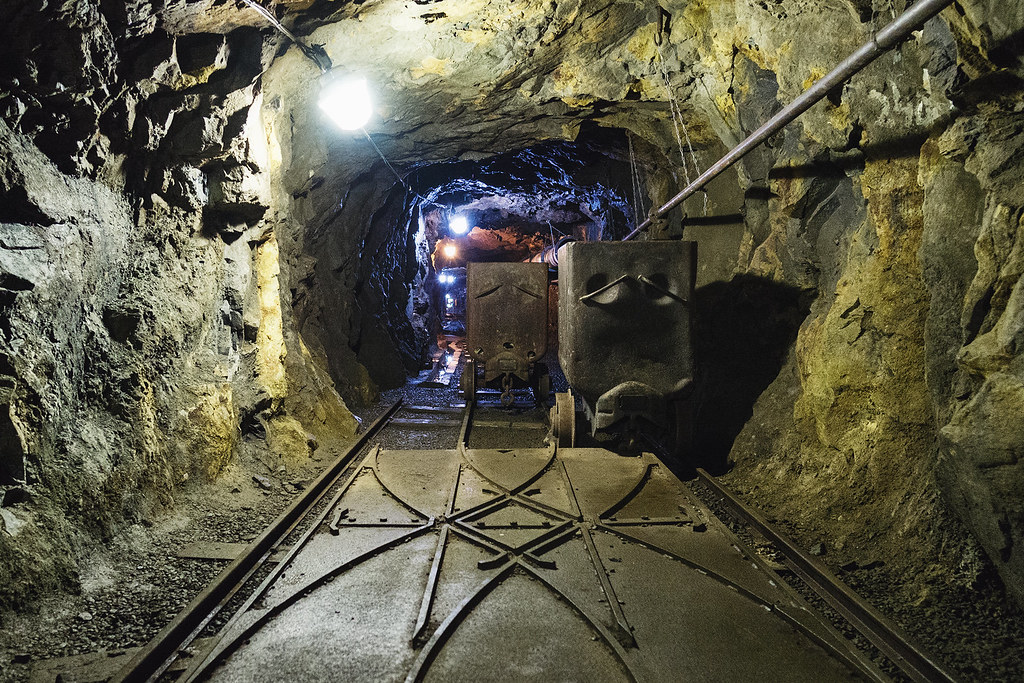Uranium is a valuable resource used in the production of nuclear energy. Canada is the world’s largest producer of uranium, with an estimated 9,000 tonnes produced in 2020. The country’s significant uranium reserves and expertise in the industry make it a major player in the global nuclear energy market.
Fact: Canada is the largest producer of Uranium in the world.

- Canada’s uranium deposits are primarily located in the province of Saskatchewan, which accounts for approximately 87% of the country’s uranium production. The uranium is mined from underground mines, processed, and refined into uranium oxide, also known as yellowcake.
- Canada’s uranium industry is regulated by the Canadian Nuclear Safety Commission, which oversees the safety and security of all nuclear facilities in the country. The industry also follows strict environmental regulations to minimize its impact on the environment and local communities.
- Uranium produced in Canada generates electricity in nuclear power plants worldwide. Canada is a major exporter of uranium, with the majority of its production exported to countries such as the United States, France, and South Korea.
Did you know about Uranium?
Uranium is a naturally occurring element that is used primarily for nuclear energy. It is a highly dense metal that is found in rocks, soil, and water all over the world. Uranium is used to produce nuclear power, which generates electricity without producing greenhouse gas emissions. It is also used in nuclear weapons, although the production and use of these weapons are highly regulated.
Producing nuclear energy from uranium is complex and involves several stages. First, the uranium is mined from the ground and processed to remove impurities. Then, it is enriched to increase the concentration of uranium-235, the isotope used in nuclear reactors. The enriched uranium is formed into pellets placed in fuel rods and used in nuclear reactors to generate heat. The heat is then used to produce steam, which powers turbines and generates electricity.
Although uranium has many practical applications, it also has potential dangers. Uranium and its byproducts are radioactive and can pose health risks to humans and the environment. The mining and processing of uranium can also negatively impact the environment and local communities. As such, the use and production of uranium are heavily regulated to ensure safety and minimize risks.
Conclusion
Canada’s uranium industry is a significant part of the country’s economy and has played an essential role in the global nuclear energy market. The industry’s commitment to safety and environmental responsibility, as well as its significant reserves and expertise, make it a reliable and trusted supplier of uranium to the world.
Sources:
- Natural Resources Canada
- World Nuclear Association
- Canadian Nuclear Safety Commission